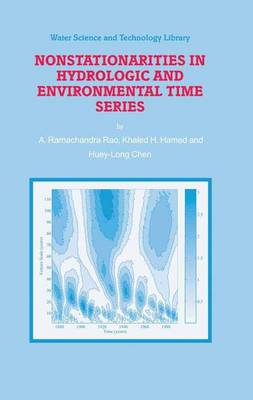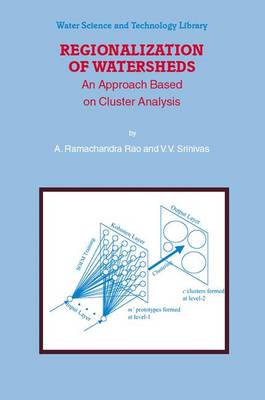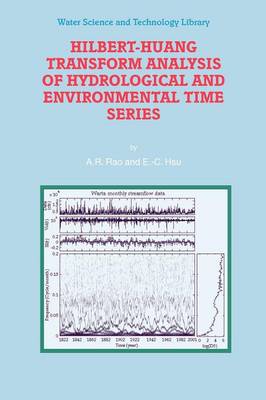Water Science and Technology Library
3 primary works • 4 total works
Book 45
Nonstationarities in Hydrologic and Environmental Time Series
by A. R. Rao, K.H. Hamed, and Huey-Long Chen
Book 58
Clustering techniques are used to identify groups of watersheds which have similar flood characteristics. This book, the first of its kind, is a comprehensive reference on how to use these techniques for regional flood frequency analysis. It provides a detailed account of several recently developed clustering techniques, including those based on fuzzy set theory. It also brings together formerly scattered research findings on the application of clustering techniques to RFFA.
Book 60
Hilbert-Huang Transform Analysis of Hydrological and Environmental Time Series
by A. R. Rao and E.-C. Hsu
The Hilbert-Huang Transform (HHT) is a recently developed technique used to analyze nonstationary data. This book uses methods based on the Hilbert-Huang Transform to analyze hydrological and environmental time series. These results are compared to the results from the traditional methods such as those based on Fourier transform and other classical statistical tests.



